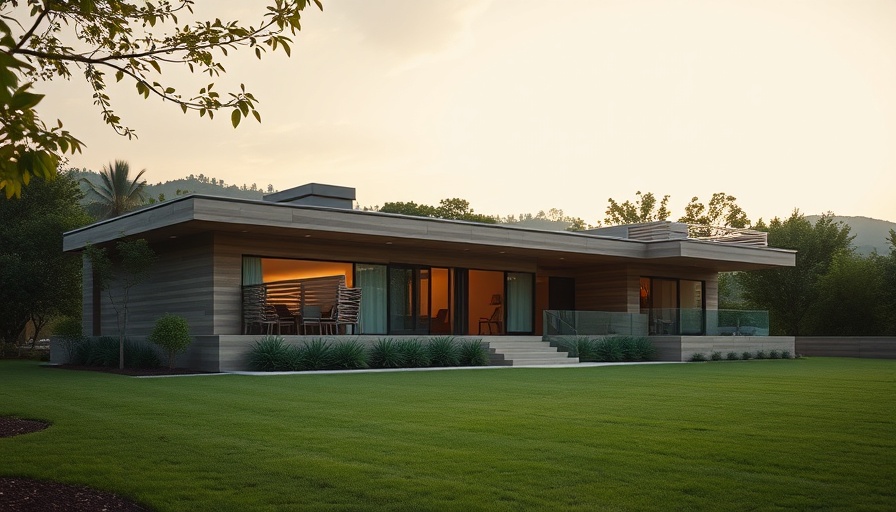
Exploring Frank Lloyd Wright's Architectural Genius: The Pew House
Nestled discreetly across from the Blackhawk Country Club in Madison, Wisconsin, the Pew House, designed by the iconic architect Frank Lloyd Wright, stands as a testament to his philosophy of organic architecture. Completed in 1940, this Usonian home reflects Wright's pursuit of harmony between nature and the built environment, a recurring theme in his celebrated body of work.
An Architectural Marvel Unseen
At first glance, the Pew House may appear diminutive, primarily due to its modest 1,600 square feet and the dense foliage surrounding it. Yet, this perceived smallness belies its architectural sophistication. The home is strategically positioned on a narrow stretch of land along the shores of Lake Mendota, showcasing Wright's characteristic cantilevered designs that gently blend structural integrity with the natural landscape.
Materials That Tell a Tale
The aesthetics of the Pew House are deeply influenced by its materials. Constructed with red tidewater cypress and locally-sourced limestone, the design embraces elements that resonate with the surrounding environment. The exterior of the house, clad in cypress, has aged gracefully, integrating seamlessly with the wooded backdrop, while the interior boasts a warm, inviting glow that enhances its coziness.
Wright's Signature Style
This residence exemplifies Wright's innovative concepts, such as the extensive use of floor-to-ceiling windows, which frame breathtaking views of the lake and extend the living space into the natural world. Additionally, the Pew House incorporates built-in furniture – a hallmark of Wright's design approach – providing both efficiency and aesthetic harmony within the limited space.
A Location Steeped in Vision
Despite its beauty, the Pew House remains a private residence and is not open for public tours. However, it continues to draw interest from architecture enthusiasts and admirers of Wright's work, standing as a fine example of how homes can be both functional and intricately tied to their surroundings. Whether viewed from the narrow streets or contemplated from afar, it serves as a continual reminder of Wright's vision for an architecture that belongs to the land.
 Add Row
Add Row  Add
Add 




Write A Comment